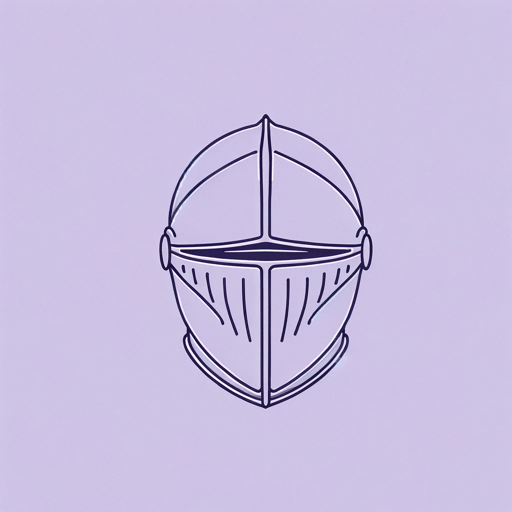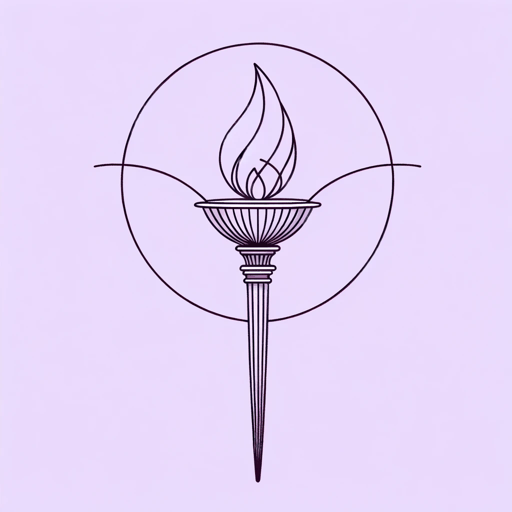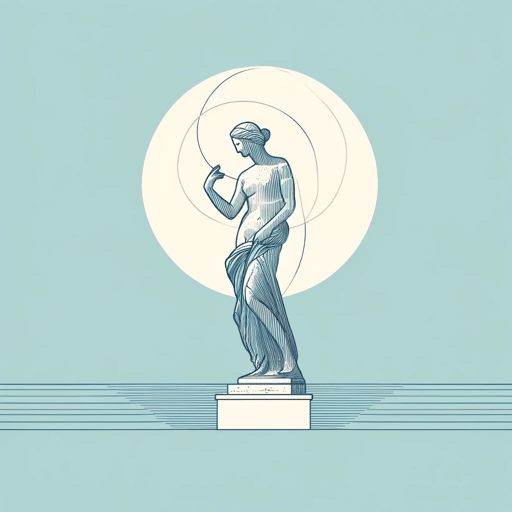22 pages • 44 minutes read
John KeatsOn First Looking into Chapman's Homer
Fiction | Poem | Adult | Published in 1816A modern alternative to SparkNotes and CliffsNotes, SuperSummary offers high-quality Study Guides with detailed chapter summaries and analysis of major themes, characters, and more.
Literary Devices
Simile
The most prominent literary device John Keats uses is the simile, to which he dedicates the entire sestet. A simile is a figure of speech that compares two unlike things to arrive at a compressed and vivid description. Due to the ethereal nature of that which Keats is describing—the sublime awe of witnessing Homer’s work through Chapman’s vigorous and earthy translation—Keats leans on two similes, two visions, to frame the quiet yet ecstatic state he was left in. In each instance, Keats uses the signifying marker of a simile, the word “like,” to introduce his figures. “Then felt I like some watcher of the skies” (Line 9), he begins, and, turning to the peak in Darien, “Or like stout Cortez when with eagle eyes” (Line 11). In each instance, however, Keats does not actually describe how the astronomer or Cortez feels, but rather relies on the power of his poetics and his chosen images to communicate the sublime ethereality of his encounter with Chapman’s Homer.
Enjambment
Enjambment refers to the running-over of a sentence or phrase from one poetic line to the next without terminal punctuation. It can cause a cascading effect as the reader is led from one line into the next, and is often utilized for
Related Titles
By John Keats

Endymion: A Poetic Romance
John Keats

La Belle Dame sans Merci
John Keats

Meg Merrilies
John Keats

Ode on a Grecian Urn
John Keats

Ode on Melancholy
John Keats

Ode to a Nightingale
John Keats

Ode to Psyche
John Keats

On Seeing the Elgin Marbles
John Keats

The Eve of St. Agnes
John Keats

To Autumn
John Keats

When I Have Fears That I May Cease to Be
John Keats

